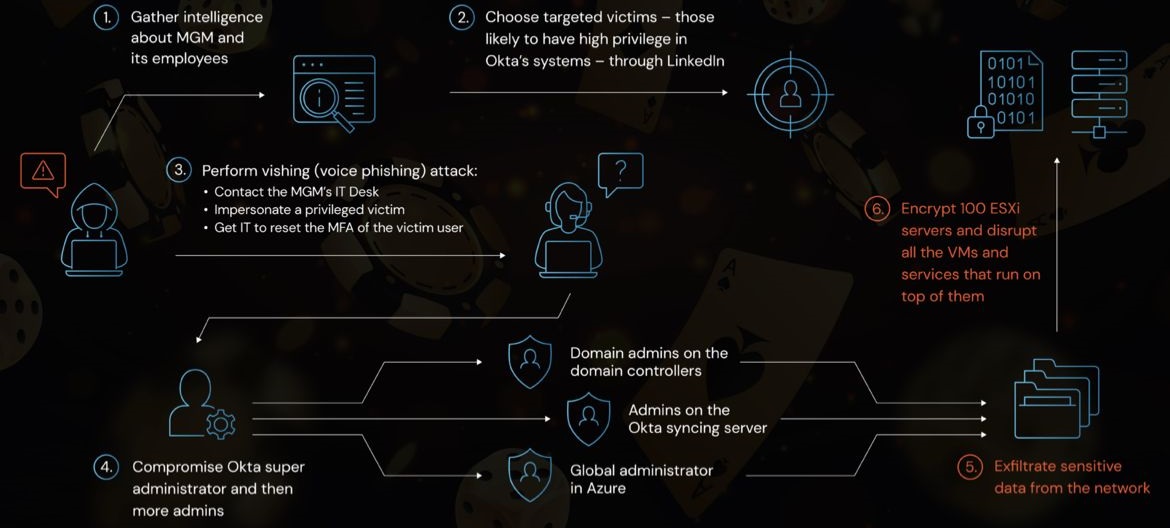
In today's digital age, data breaches have become increasingly common and pose a significant threat to individuals and organizations alike. One such incident occurred recently when the Government of Nova Scotia fell victim to a substantial breach, compromising the security of sensitive information and highlighting the urgent need for enhanced cybersecurity measures. This article aims to provide a comprehensive and easy-to-read overview of the breach, delve into its implications, and shed light on the valuable lessons learned from this unfortunate event.
Understanding the Breach
The Government of Nova Scotia breach involved unauthorized access to a significant amount of personal information stored within their systems. The breach exposed sensitive data, including names, addresses, social insurance numbers, and other personally identifiable information of individuals associated with government services. The initial investigation indicates that a sophisticated cyberattack was the root cause of the breach, highlighting the evolving tactics employed by malicious actors in targeting critical infrastructure.
Implications and Consequences
The breach of the Government of Nova Scotia's systems has severe implications for the affected individuals, as their personal information may be misused for identity theft, fraud, or other malicious activities. It erodes public trust in the government's ability to protect sensitive data, especially considering the sensitivity of the compromised information. Additionally, the government itself faces reputational damage, potential legal consequences, and financial implications resulting from the breach, including potential fines and compensation to affected individuals.
Lessons Learned
Robust Cybersecurity Framework: The breach underscores the importance of establishing a robust cybersecurity framework that includes regular risk assessments, vulnerability management, and penetration testing. It is crucial for organizations to continuously evaluate and improve their security measures to stay ahead of evolving cyber threats.
Employee Education and Awareness: Human error remains one of the leading causes of successful cyberattacks. Therefore, comprehensive training programs should be implemented to educate employees about best practices, such as strong password management, recognizing phishing attempts, and the importance of reporting suspicious activities.
Multi-Factor Authentication: Implementing multi-factor authentication can significantly enhance the security of sensitive systems and data. By requiring multiple forms of authentication, such as a password and a unique verification code, the risk of unauthorized access is greatly reduced.
Encryption and Data Protection: Organizations must prioritize encryption and data protection mechanisms to ensure that even if unauthorized access occurs, the stolen data remains unintelligible and unusable to malicious actors.
Incident Response and Preparedness: Having a well-defined incident response plan in place is crucial for effectively managing and mitigating the impact of a breach. Regularly testing and updating the plan, along with conducting drills and simulations, can help identify weaknesses and ensure a timely and coordinated response in the event of an attack.
Conclusion
The Government of Nova Scotia breach serves as a stark reminder of the ever-present threat of data breaches and the need for constant vigilance in the realm of cybersecurity. The incident highlights the importance of proactive measures such as a robust cybersecurity framework, employee education, multi-factor authentication, encryption, and an effective incident response plan.
By implementing these lessons learned, organizations can better protect sensitive data, maintain public trust, and mitigate the potential damage caused by future breaches. It is imperative for governments and organizations to prioritize cybersecurity to safeguard both individuals and their critical infrastructure in the digital age.

